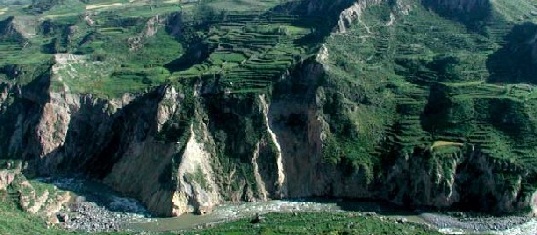Elongated heads were a mark of elite status in an ancient Peruvian society
Elongated heads were a mark of elite status in an ancient Peruvian society
A study of 211 skulls from a pre-Inca society suggests head-shaping developed over time
BY BRUCE BOWER 9:00AM, FEBRUARY 13, 2018
Bigwigs in a more than 600-year-old South American population were easy to spot. Their artificially elongated, teardrop-shaped heads screamed prestige, a new study finds.
During the 300 years before the Incas’ arrival in 1450, intentional head shaping among prominent members of the Collagua ethnic community in Peru increasingly centered on a stretched-out look, says bioarchaeologist Matthew Velasco of Cornell University. Having long, narrow noggins cemented bonds among members of a power elite — a unity that may have helped pave a relatively peaceful incorporation into the Incan Empire, Velasco proposes in the February Current Anthropology.
“Increasingly uniform head shapes may have encouraged a collective identity and political unity among Collagua elites,” Velasco says. These Collagua leaders may have negotiated ways to coexist with the encroaching Inca rather than fight them, he speculates. But the fate of the Collaguas and a neighboring population, the Cavanas, remains hazy. Those populations lived during a conflict-ridden time — after the collapse of two major Andean societies around 1100 (SN: 8/1/09, p. 16) and before the expansion of the Inca Empire starting in the 15th century.
For at least the past several thousand years, human groups in various parts of the world have intentionally modified skull shapes by wrapping infants’ heads with cloth or binding the head between two pieces of wood (SN: 4/29/17, p. 18). Researchers generally assume that this practice signified membership in ethnic or kin groups, or perhaps social rank.
More:
https://www.sciencenews.org/article/elongated-heads-were-mark-elite-status-ancient-peruvian-society

Skulls of Collaguas, Colca Canyon





Colca Canyon, world's largest canyon





